Something to look forward to: In a sea of laptops that are becoming less upgradeable or repairable every year, a small company called Framework is trying to carve a new niche with a work laptop that offers a lot of customization options and is partially made of recycled aluminum and plastic. Here's to hoping they decide to make a gaming laptop in the future.
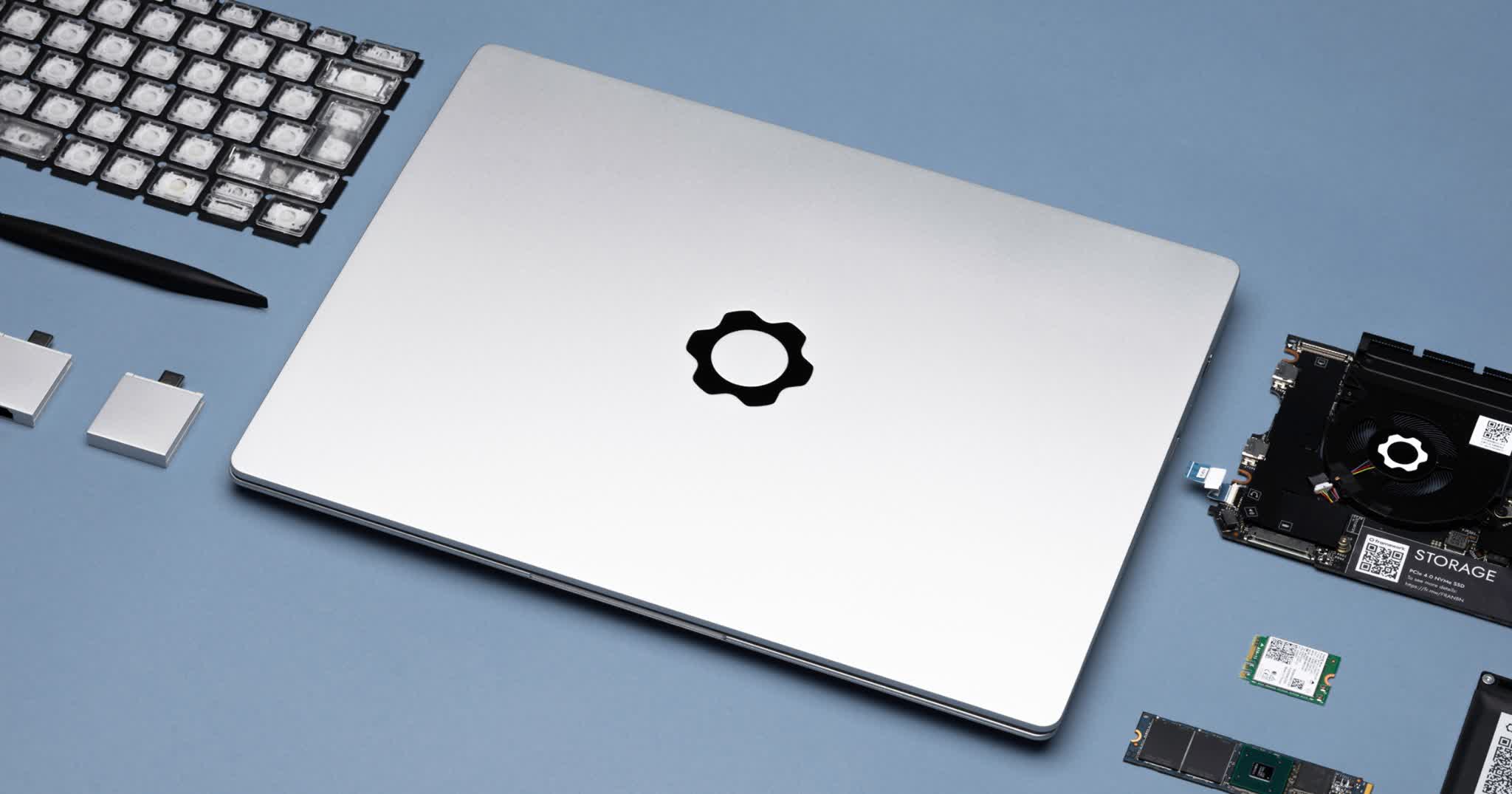
One of the major complaints about laptops introduced in the last few years has been that manufacturers are almost always prioritizing thin and light designs over upgradeability and repairability. Many PC laptops still have replaceable and/or upgradeable components like RAM and SSD storage, but in the case of MacBook owners these are all soldered to the logic board, while other things like the battery and Touch Bar are tricky even for repair professionals to deal with.
In the smartphone land, consumers have to deal with a similar phenomenon, but there are some companies like Pine64 and Fairphone that push back against the current with repairable, modular, and even eco-friendly designs. This week, a startup called Framework announced a laptop built on similar principles, with components that are easy for users to replace or upgrade as needed.
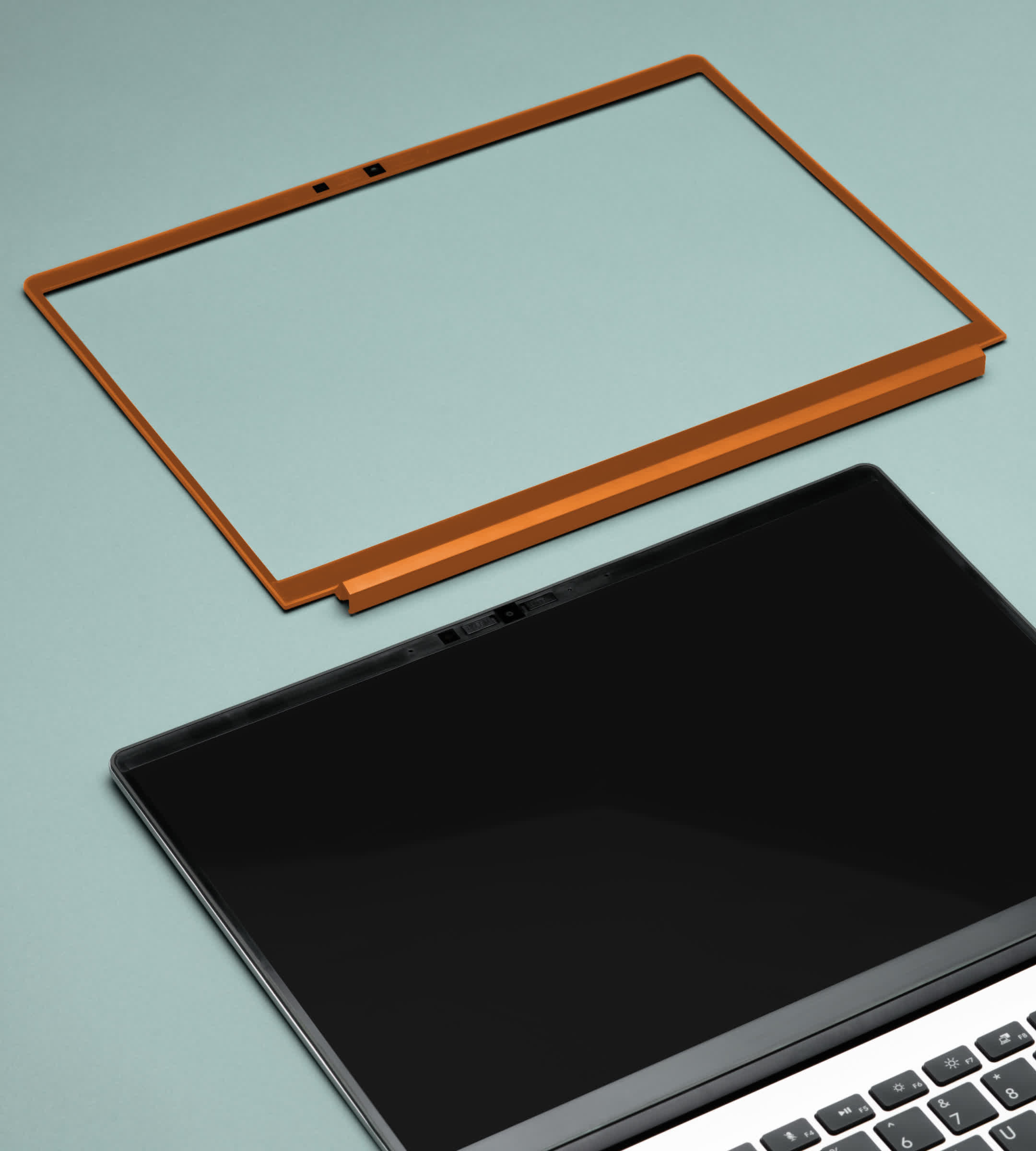
The new laptop comes with a 13.5-inch, 3:2 ratio display with a resolution of 2256 by 1504 pixels and over 400 nits of brightness. Its components are housed inside an aluminum chassis that is a hair under 16 mm thick, for a total weight of up to 2.9 lbs (1.3 kg). You can configure it with one of three 11th-gen Intel Tiger Lake processors with Xe integrated graphics -- i5-1135G7, i7-1165G7, or i7-1185G7 -- and up to a Wi-Fi 6E module for wireless connectivity.
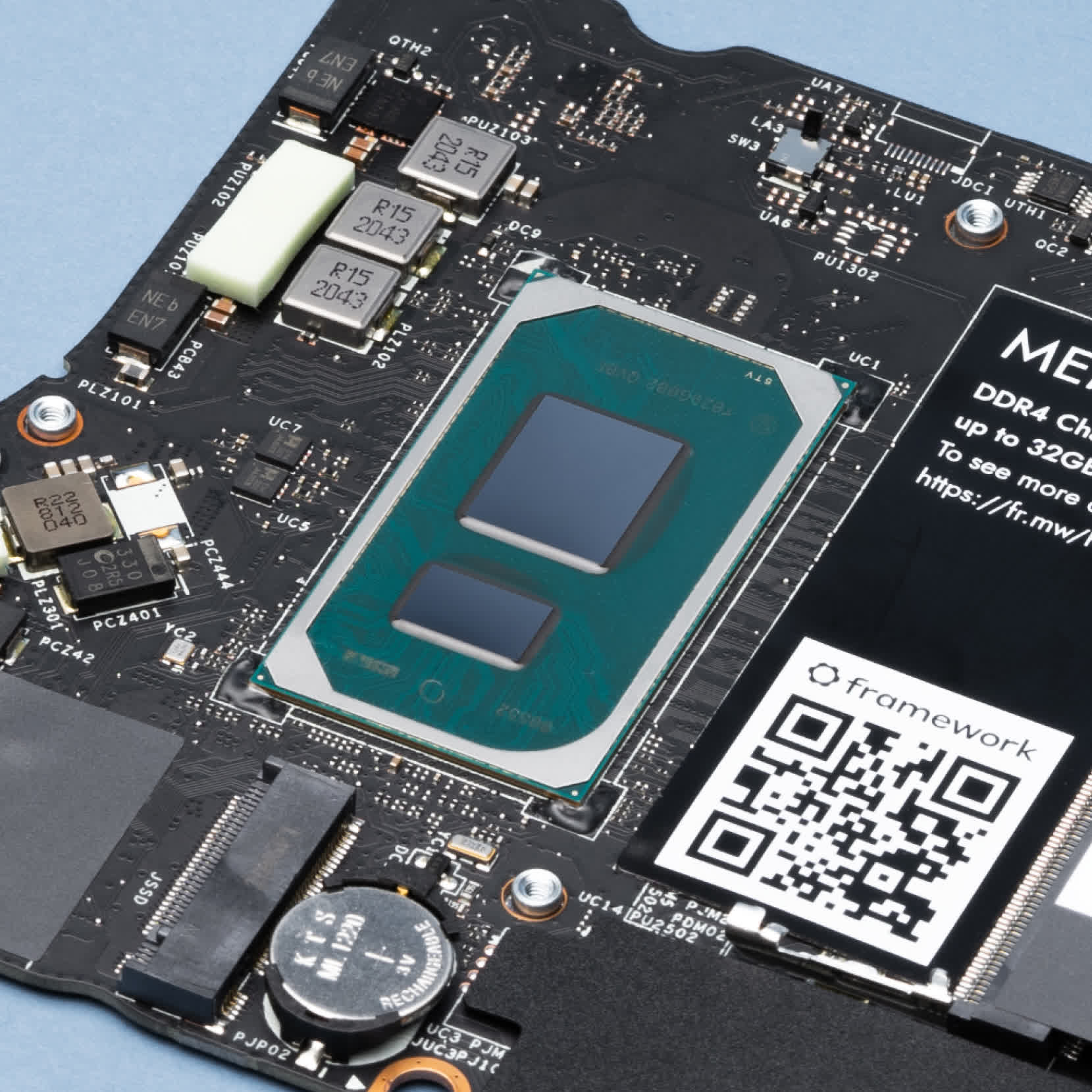
The CPU is the one notable component that can't be replaced as it's designed as a BGA package that's soldered onto the motherboard. However, the Framework team says it will release new motherboards in the future when newer CPUs come out, so theoretically that shouldn't be that big of a problem. And thanks to the lessons learned with the Alienware Area-51m R1, it's ultimately up to Intel to make things easier in that department.
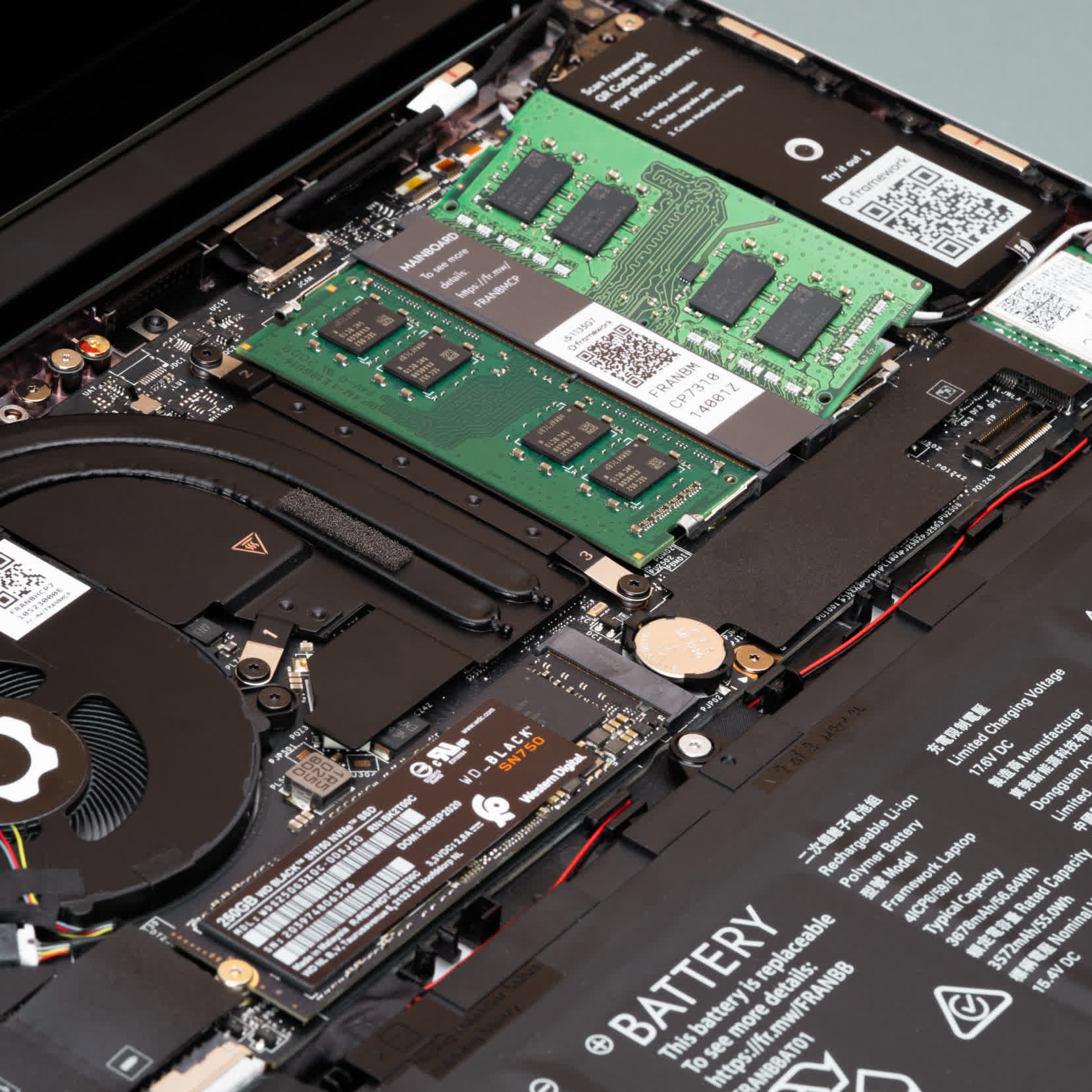
You can pair the processor with up to two 32 GB DDR4-3200 RAM modules for a total of 64 GB, and for storage you can configure up to a spacious, 4TB M.2 2280 NVMe SSD. The slot supports four-lane PCIe 4.0 drives, so you can install any of the fastest consumer SSDs out there.
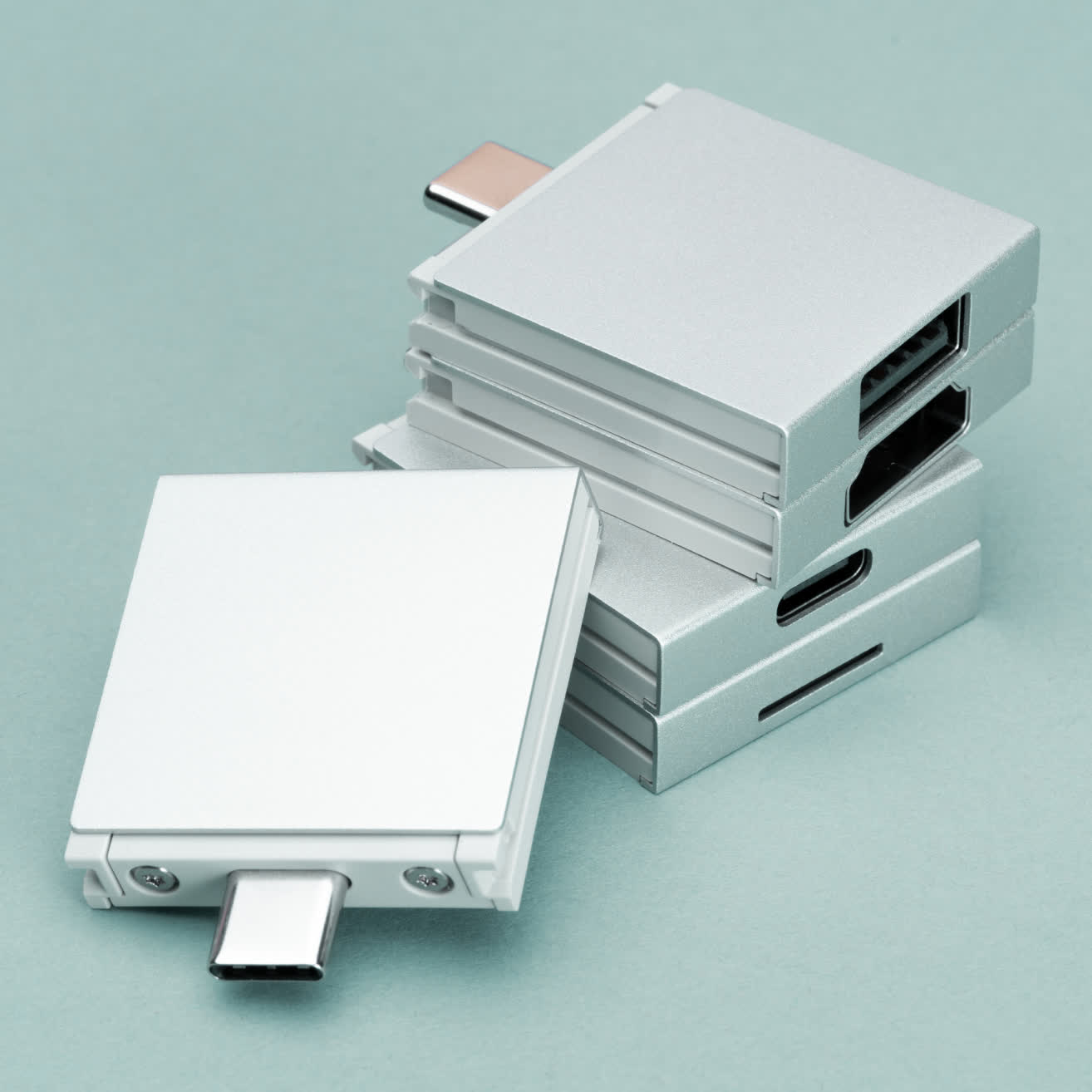
For connectivity, the Framework team came up with a nifty solution to the USB-C transition -- the four ports are recessed into the case to allow the installation of whatever ports you need for your use case via removable modules. Since these connect through USB-C, you can probably lend them to a friend or colleague in need of a USB-A, HDMI, microSD slot, DisplayPort, and even a headphone jack. This system also allows you to choose which side those ports are on, which can come in handy more often that you'd imagine.
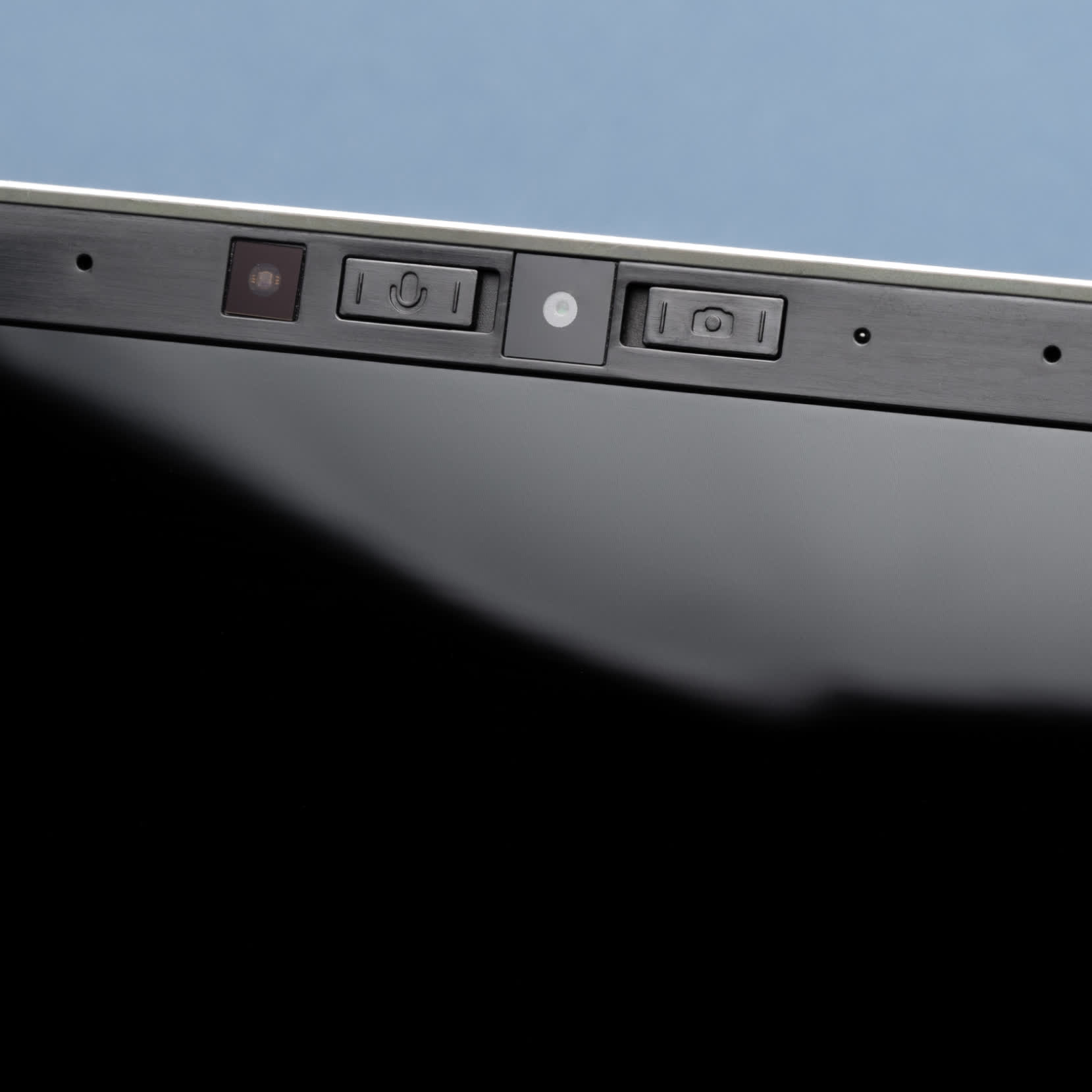
The screen is also replaceable, as is the magnetically-attached bezel that houses the 1080p webcam and microphone with physical privacy switches for both. The keyboard offers a 1.5 mm key travel, and you can choose a localized version if needed. Powering all the components in the Framework laptop is a 55 Wh battery that is also user-replaceable, as it's not glued to the case.
The Framework team plans to offer this laptop with Windows 10 or Linux, starting this summer. There's no pricing information yet, but we do know it will also be offered as a "DIY" kit for those of you who want to assemble the laptop yourselves. As for the many user-replaceable parts, they'll be available in the Framework marketplace, which will be open to third party sellers of components.
https://www.techspot.com/news/88751-framework-laptop-latest-attempt-true-modular-laptop.html